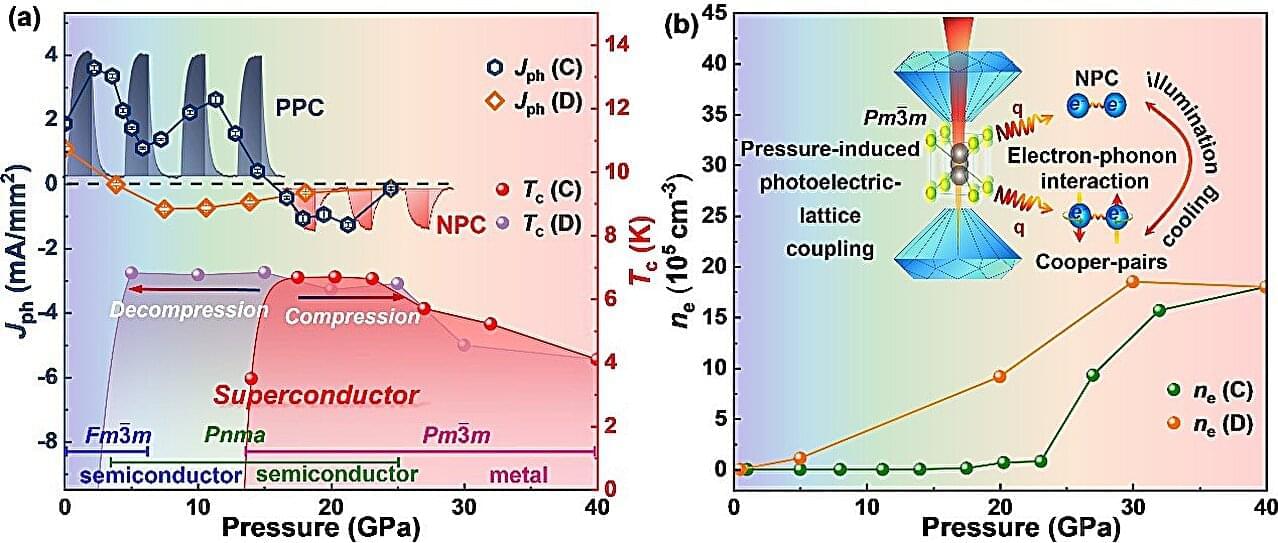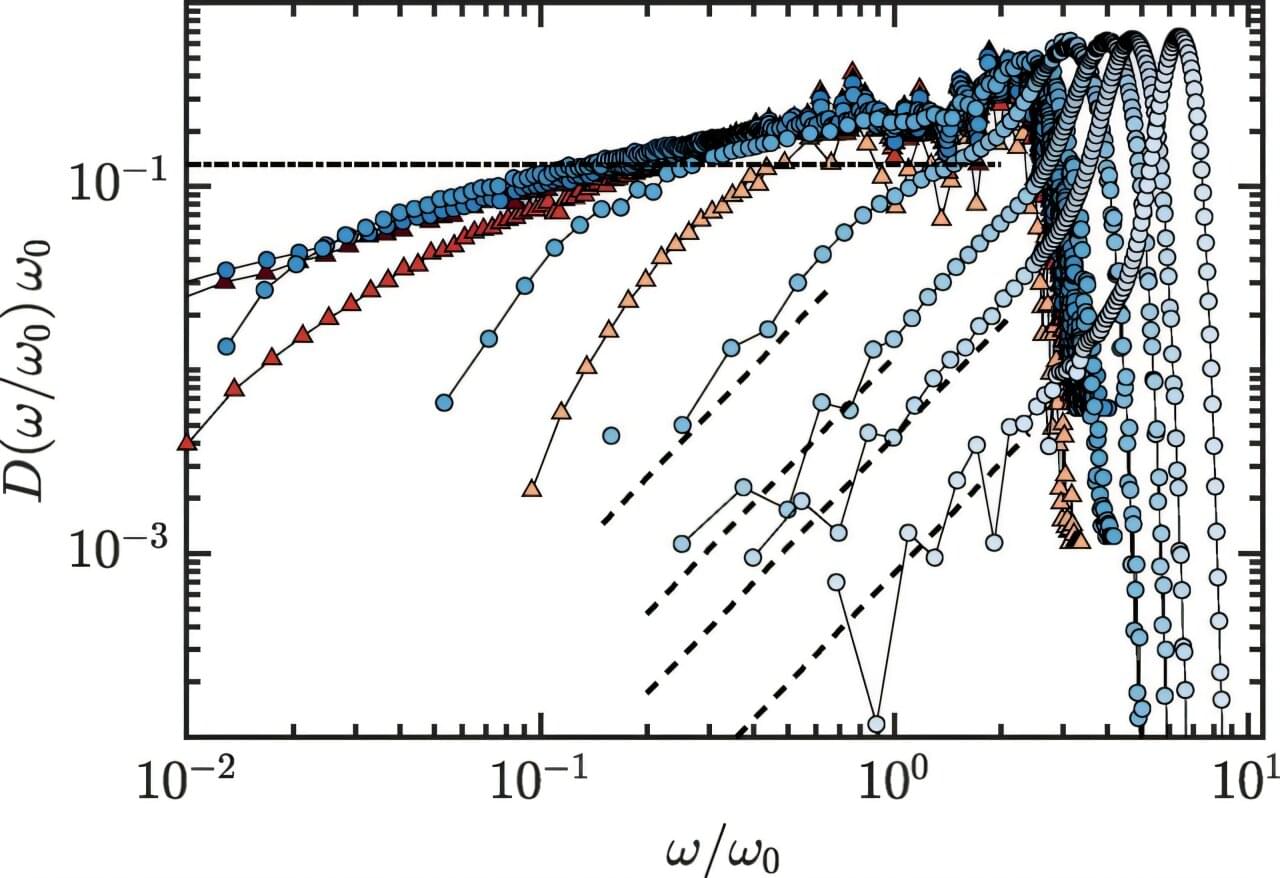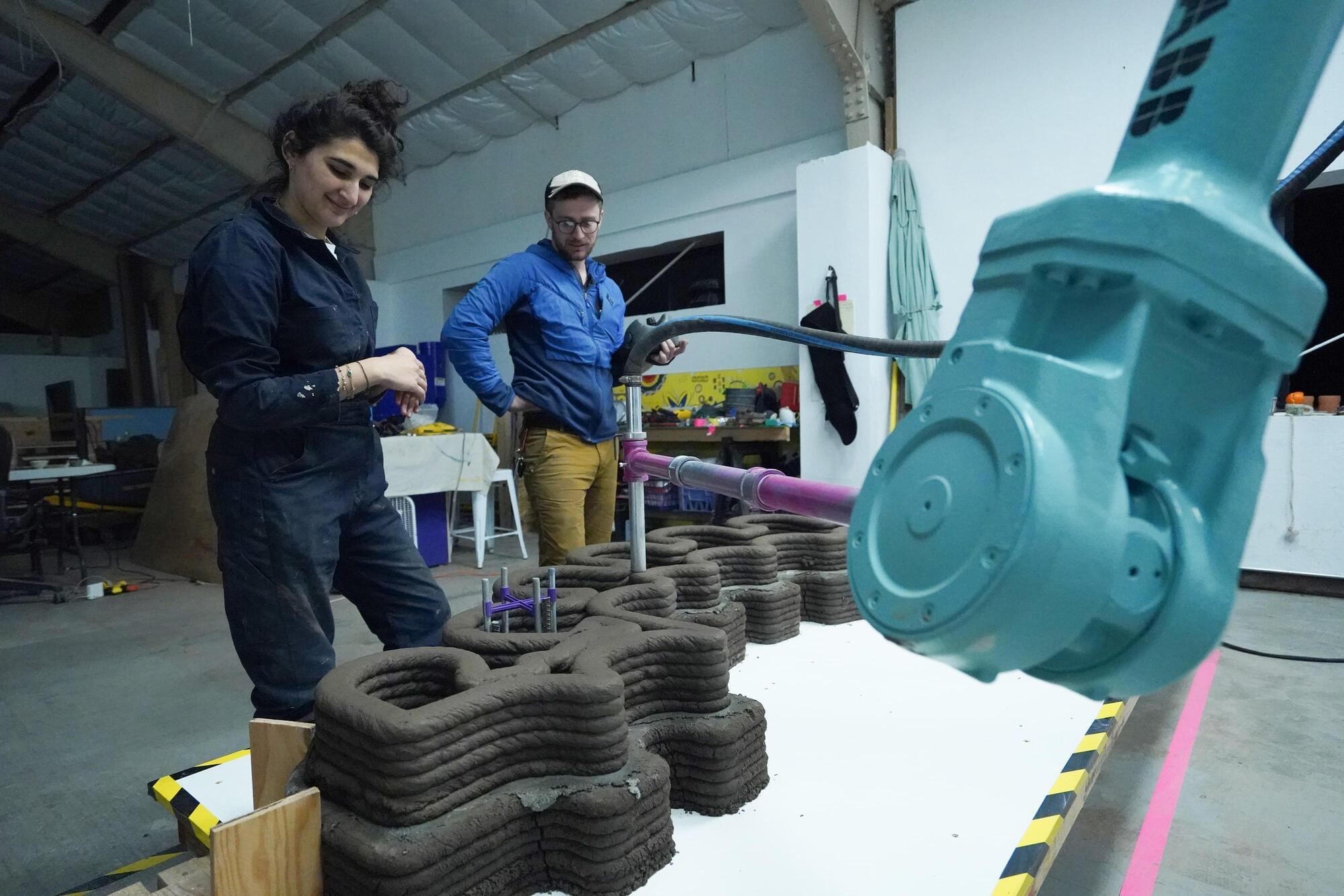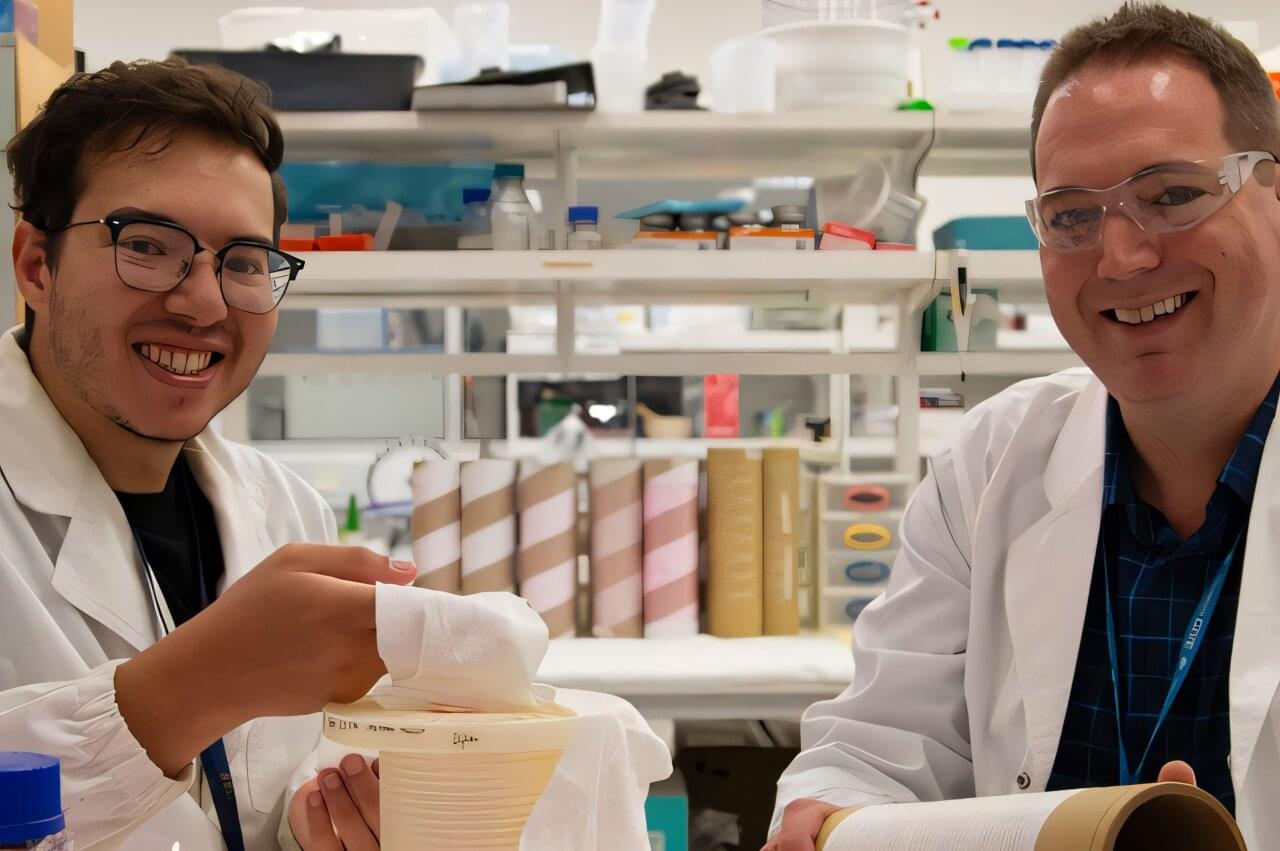Once thought impossible, quasicrystals revealed a hidden order that challenges our understanding of materials.
Their structure follows rules from higher dimensions, influencing both their mechanical and topological properties. Recent research has uncovered bizarre time-related behaviors in these crystals, suggesting deeper physical principles at play.
A Revolutionary Discovery in Crystallography.









